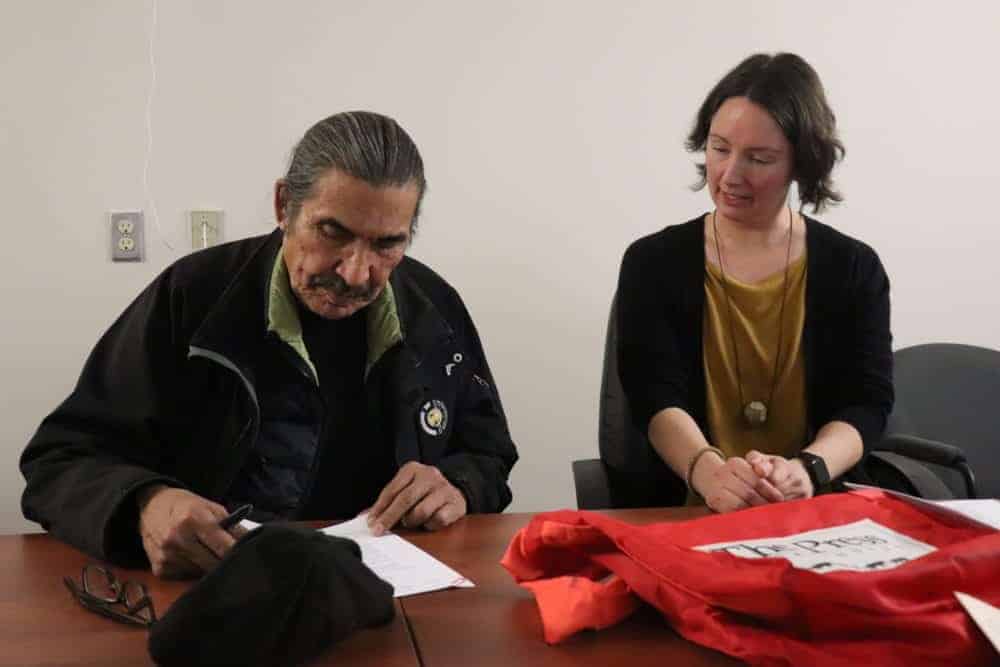The Native Communication Society (NCS) signed an agreement Thursday afternoon to donate 200,000 photographs to the GNWT's territorial archives.
The photographs come from the Native Press, an independent, indigenous owned paper that ran across the NWT from 1971 to 1992 when it's funding was cut. The photos will now be digitized and placed in the territorial archives to be found online.

“This has been worked on for a number of years for a matter of fact, and because we're moving, we went through a number of documents and we found memos from years back for NCS, where we have been talking to the archives,” said Rob Oullette, CEO of the Native Communication Society.
Oullette says the society began working on securing the deal with the GNWT to digitize the photographs, over the past two and a half months. During that time Oullette brought in JC Catholique, the Chairman of the NCS's board and a former staff member of Native Press to oversee the deal.
“There was period of time from '71, to '94, there's a period of time that there was a lot of things happening, so I think its good that, that period of time is being preserved,” said Catholique. “For us and also for the elders too, they wanted to make sure that it was preserved and to make sure that it was also being shared with the public.”
The public will be able to view the first photographs online as early as next August, according to Erin Suliak, Territorial Archivist. They will first be available on the NWT Archives website and then potentially on a stand alone website that will host a selection of the 200,000 photos.
“What I anticipate is that there will be gradual access as we digitize things they will be made available. in the background we will be doing work in order to organize and make it searchable,” said Suliak.
Suliak did not have a definite time line for when the project will be fully complete, citing the sheer number of photos that will need to be looked at as the reason for the long process. In order to sort and classify the full collection Suliak said her team will need to work with NCS, residents across the NWT and a large number of former Native Press photographers in order to correctly attribute the photos.
While in production the Native Press documented a number of monumental moments in the territory's history ranging from the formation of the Indian brotherhood, now the Dene National Assembly, to the Berger pipeline inquiry.
“There was a lot of that political stuff that was happening at the time. . . Like it used to be an underground paper, that's where you start off but a lot of the stuff that was being said, a lot of it made sense about what was going on. So they decided to change the name and make it like a regular newspaper,” said Catholique. “It was a really popular newspaper, I think it made a lot of impact, politically, it gave people a voice in the north.”
Oullette said that it is hope that the society and the GNWT will be able to reach a deal in the future to archive full editions of the paper, but stated that is a “future project.”